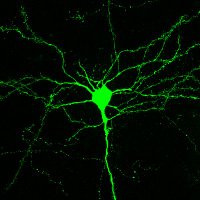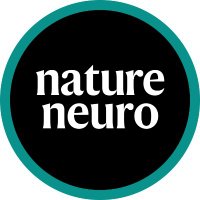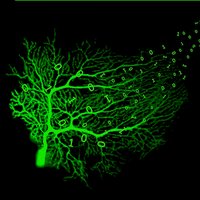
Pedro H. Sousa
@blightedboy2
Master's Student at UFRJ (Brazil)
My research is focused on the interface between Sociolinguistics and Neuroscience
Member of Acesin (Syntactic Access Lab)
ID: 1633547932615024640
https://acesin.letras.ufrj.br/en/ 08-03-2023 19:19:33
1,1K Tweet
26 Takipçi
86 Takip Edilen


















🧠🗞️🗣️Finally out! Paper with a way-too-long name for social media. How does the brain turn words into sentences? We tracked words in participants' brains while they produced sentences, and found some unexpectedly neat patterns. 🧵1/9 rdcu.be/epA1J in Communications Psychology









